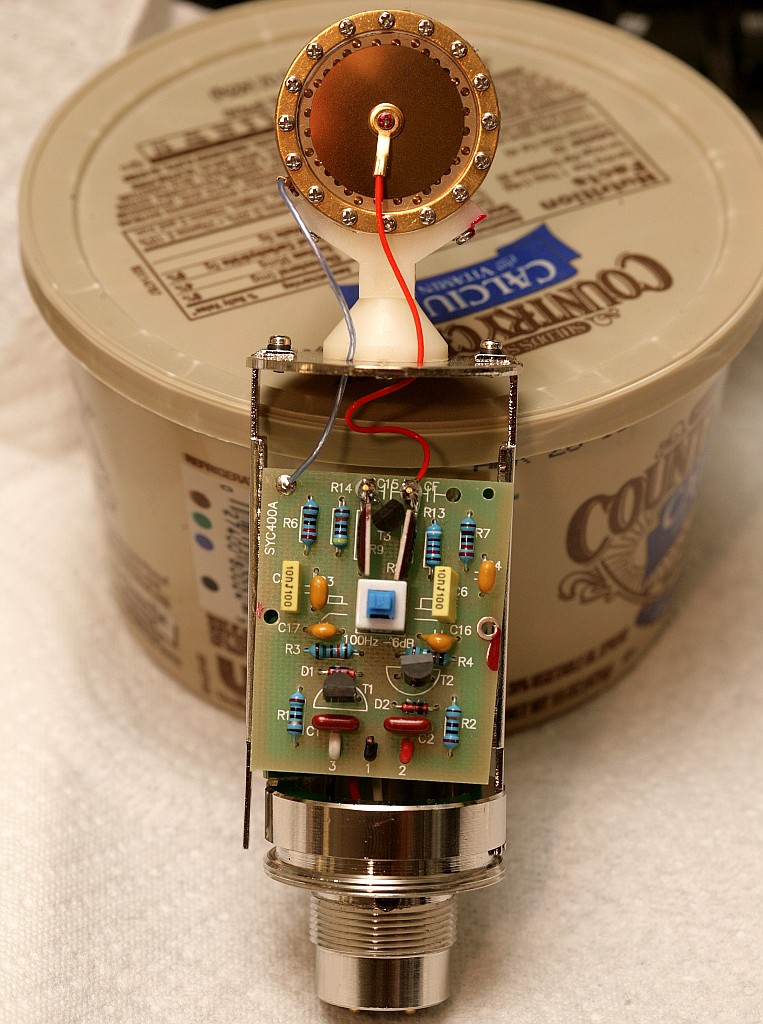
The mane feature of the GUI is the setting for mixing the 4 ADC's. Mixing down before writing was deemed necessary, since the storage goes from 10 hours for a single channel to 2 hours for 4 channels & multiple files with differential pairs are a pain. The mixing for storage is a completely different set of equations from the mixing for monitoring.
The VU meters still show the independent levels of the 4 ADCs. The top 2 are the AUX I2S & the bottom 2 are the mane I2S. The board layout led to the mane I2S always being the higher number on every list.
The 2 monitoring volumes are applied differently, depending on the mixing formula. The easiest way to figure out how they're mixed is by listening & tweeking the faders.
The mane trend is the use of the ADCs in the AK4524 as either a differential pair, an averaged pair, or 2 discrete channels. It should be obvious from the GUI. Each I2S needs to write to its own file because of synchronization problems. The Zoom H2 had the same problem.
After a heroic programming session, the file writer was upgraded to a 16 second buffer which writes as soon as it has data instead of in 1 second chunks. The SPI buffer was increased to 1/18 second, which was the maximum the STM32 could easily fit. More draconian measures could get it to 1/11. Unfortunately, its core coupled memory isn't accessible to DMA, which would have doubled the SPI buffer.
With all that going for it, it still overran once when recording 4 channels for 40 minutes. Don't expect to ever record 4 channels, except for testing the other modes. The next step would be recording to USB storage or moving the whole PI to a faster SD card.
It still only does 48khz & only uses the AK4524 as the source for I2S2. Have never ever used 96khz, despite it being on the Zoom H2. The biggest value was 24 bits. The problem is moving the ultimate stereo amplifier to a commercial 96khz DAC would give up the external tap for I2S. It would be a matter of swapping the TOSLINK between 1 board purely for capturing it & a board for listening to it or somehow splitting the TOSLINK. A USB soundcard would be the hardest to sniff.
The next matter is the preamp.

The thought occurred of dumping 48V phantom power & replacing the microphone electronics with op-amps boosting directly to line level. These mics are virtually free, have been replaced by USB versions & it would reduce the noise. It would require exposing some kind of gain adjustment, but the metal enclosure is absolutely required to stop interference. It's not for stopping singers from accessing the bass rolloff switch. A preamp conversion would be a lot of work splitting mane hairs for a truly meaningless difference.
 lion mclionhead
lion mclionhead
Discussions
Become a Hackaday.io Member
Create an account to leave a comment. Already have an account? Log In.